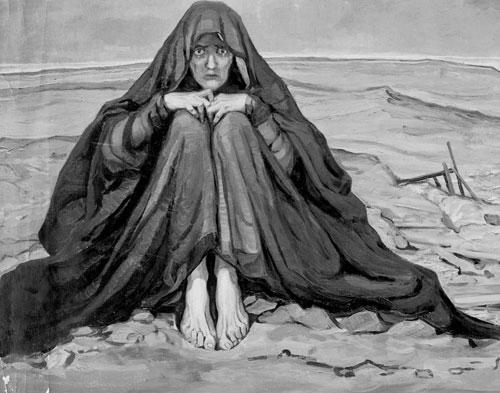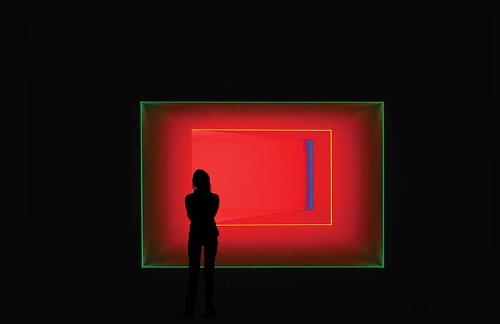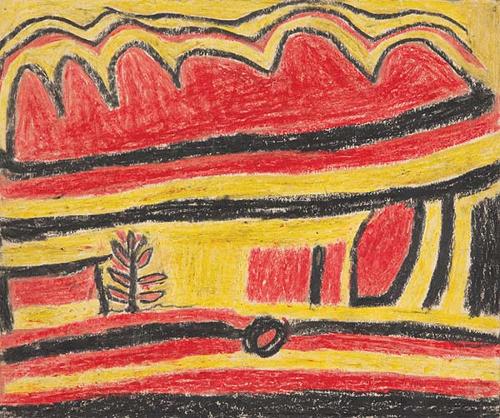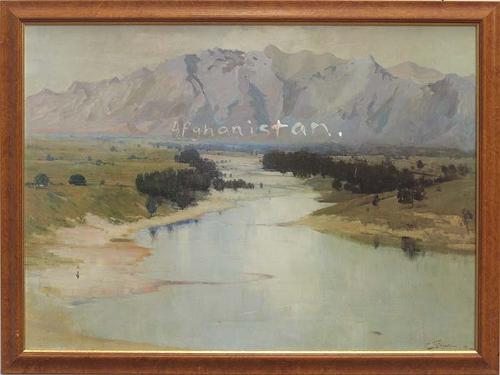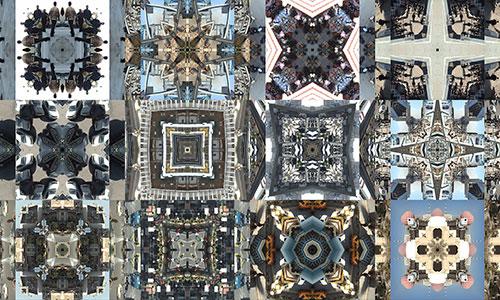
I can easily imagine that Mike Kelley would have enjoyed the entropic ironies implicit in the title of the group show A Kitten Drowning in a Well: Tribute Exhibition to Mike Kelley (1954-2012). Curated by Iakovos Amperidis, works by nine Sydney based artists plus a substantial video program by Kelley were appropriately crammed into the artist run space 55 Sydenham Road Marrickville.
Mike Kelley was born in Detroit deep in the USA industrial heartland infused with the great dreams of modernism, a world made whole, more perfect, with technology, with progress. Kelley was also part of the first generation to experience the decay of that dream when in the late 1970s this type of progress was deemed economically unviable and then obsolete. All that now remains of it is the Rust Belt – an ecological and social disaster zone. It is not insignificant that Kelley's first punk rock band was called Destroy All Monsters. A Michigan refugee, Kelley escaped to study at CalArts in Los Angeles County and formed another band called Poetics (see Aristotle). Notions of the performative (and catharsis) were vital elements in Kelley’s work. He collaborated with artists such as Erika Beckman, Tony Oursler, Jim Shaw and Paul McCarthy. But it was the experience of living in the matrix of another more insidious dream – the Hollywood movie and television machine – that provided constant content. In the 1980s and 90s Kelley developed an aesthetic that was a focussed anarchic firebomb to explode traditional notions of taste and value. He particularly enjoyed confounding male subjectivity and the systems of power that sustain masculinity – language, law, religion and the family.
Returning to the title, the first bit – A Kitten Drowning in a Well – is simultaneously pathos or bathos, very Kelley-esque. And, as for the descriptor, in current cyber culture a Tribute is where one places an image of the self or loved one on a social networking site and invites the general public to download the image, to masturbate over it, ideally drenching it in bodily fluids. Once this act is complete, the idea is to re-photograph 'the work’ then repost or upload the ‘value added’ or defiled image (take your pick) to the site for everyone’s delectation, and for the more enthusiastic to make contact with the person who originally made or uploaded the image to swap and exchange similar images/traces/works. Grotesque, perverse, adolescent (again, very Kelley-esque).
Strangely, in the light of this and many other socio-cultural phenomena, most exhibitors chose a more worthy road. Kitten was a studied even chaste homage to the tenor and targets of Mike Kelley’s oeuvre. Ronnie Van Hout presented the mildly amusing Mike and Ray, an awkwardly proportioned, coarsely finished sculptural tableau of youthful interpenetration and scatological desire. An impressive complex chronology and coagulation of traces of the faux pacifist group Quinto Sesto, perhaps formed by the charismatic Robert Santo and Warren Mitchell, Jennie Morcombe and ‘Head Girl’, belaboured the notion of the fictions inherent in the writing and reception of history. Carla Cescon’s Policy for Inclusive Social Solutions was a canvas teepee-like form with apertures that became on closer inspection a call for audience participation. If so moved you could place your hands in the apertures to activate limp limbs. Cescon also provided diagrams with arrows and empty buzz-words and slogans Plan–Do–Check–Act.
A knowing play with the slightly abject one-liner attracted Ruth McConchie, Raquel Caballero, Ned Jaric, Matthew Hopkins and Hany Armanious. It was Jesse Hogan’s flat art (painting) that actually ‘got’ Kelley. Install – Pre Imagined Monument to the Death of Self depicted two spaces, one real – a darkened cavelike domestic environment with a blow-up/foam mattress draped with colourful crochet throws. In the rafters above slightly out of scale was a stash box and two jars of KY Vaseline. The other meticulously created image depicted an art gallery with a hallucinogenic multi-coloured glittering and dripping environment overloaded with objects, images and textures. There is a carnivalesque disruption of meaning in the juxtaposition of the images and the activities (public and private) suggested by these spaces.
I am surprised, given the stature and influence of Mike Kelley, that there has not been a more sustained examination of his practice in Australia since his death. So this is a timely, intriguing exhibition. But apart from the video program there was an overwhelming sense of inertia – not anger or frustration, nor sensory overload. There were no clear references to the worlds outside art. Perhaps the bleak terrain of Kelley’s vision is just too difficult ... he absolutely detested popular culture, he said he wanted ‘to flay it’.


